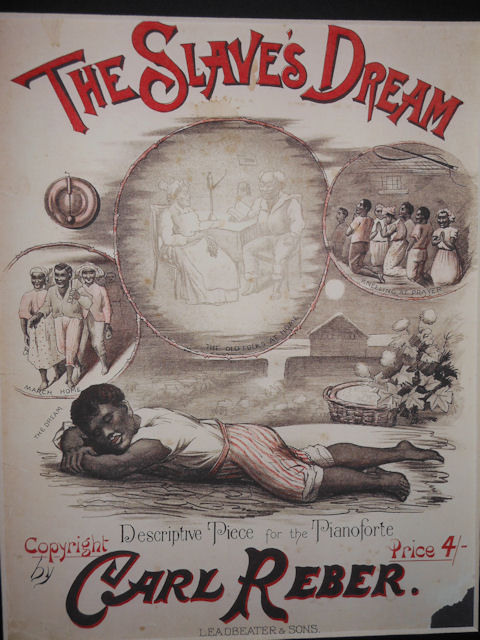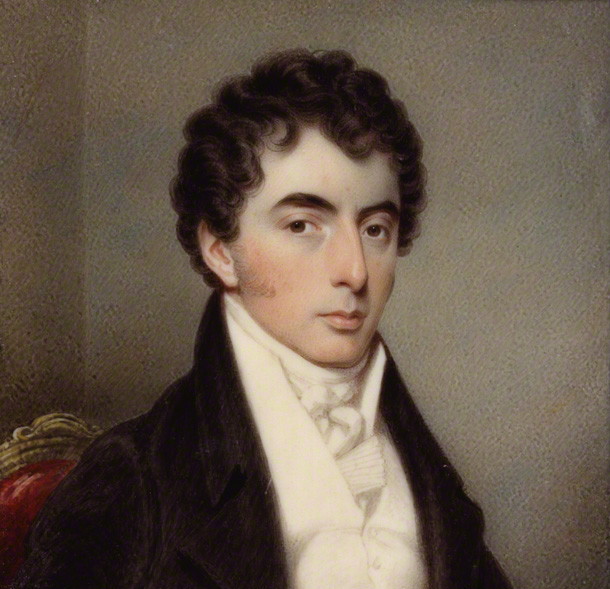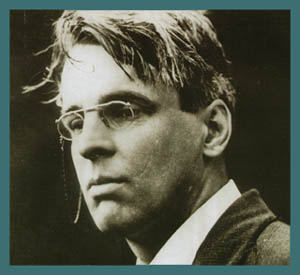This poem analysis of H. W. Longfellow’s ‘The Sound of the Sea’ is divided into three parts – rhyme scheme, psychoanalysis, and theory of poetic inspiration.
Rhyme Scheme: As mentioned in the poem analysis, ‘The Sound of the Sea’ is a sonnet. Sonnets typically occur in two types of rhyme schemes – in the pattern ABBA ABBA CDE CDE, known as the Petrarchan sonnet, or in the pattern ABAB CDCD EFEF GG, known as the Shakespearian sonnet. Longfellow follows the pattern of the Petrarchan sonnet in ‘The Sound of the Sea’. However, Longfellow’s themes and subject matter are very different from those of Petrarch. While Longfellow writes about man and nature, Petrarch was famous for his sonnets about the courtly love tradition, and they featured gallant knights vying for a noble lady’s heart, but their love being ultimately unrequited since the lady belongs to a class far above theirs.
Psychoanalysis: This part of the poem explanation focuses on how ‘The Sound of the Sea’ could be read as being ahead of its time in terms of its psychoanalytic understanding of the human mind. Though Freud (the father of psychoanalysis) did not propound his theories till the next century, it is beyond doubt that his understanding of the human mind was not unique. His formulations of his understanding in the language of science are what make Freud a pioneer. In the sestet of ‘The Sound of the Sea’, Longfellow mentions something similar to Freud’s concept of the unconscious. Longfellow says that there is a part of our being that is not normally accessible to us, and that we do not know much about that part in fact. However, it is from that part of our being that our innermost thoughts rise up, and it exists at the very depth of the human soul. If we substitute soul with mind, this sounds like Freud’s description of hidden impulses reside in the unconscious, and try to come into consciousness at exceptional times, for example, when we dream. However, unlike Freud, Longfellow discredits our thoughts as having their origin in ourselves. On the other hand, he believes that they have a divine source.
Theory of Poetic Inspiration: This part of the poem explanation focuses on how Longfellow takes recourse to the theory of poetic inspiration to explain the stirrings of the human soul in his poem ‘The Sound of the Sea’. This theory was an ancient one, and it was advocated by such great men as Plato. According to this theory, the human mind enters into a frenzy of sort at times, and this creates an opportunity for God to enter into the mind of a poet and give him thoughts that he then transmits onto paper in the form of poetry. This theory denies any agency to the individual poet himself, and attributes all poetic creation to God. In the Romantic era, the theory of divine inspiration was discredited by all major poets such as Wordsworth and Coleridge, who believed instead that a poet draws the raw material for poetry from nature, and then works upon that material using his fancy and imagination to give rise to great poetry. Longfellow writes almost a century after the Romantics. His poetry is often found to be inspired by the Romantics themselves, especially in his fascination with nature. However, unlike the Romantics, he does not believe in the expressive theories of poetry. Instead he revives the older tradition of poetic inspiration. He describes how the human mind enters a heightened state of emotion, like the unruly waves of a sea under the influence of high tide, and how at this precise moment, divine inspiration gives rise to the thoughts that poetry is made up of. This process is inevitable, says Longfellow, for the poet has no control over it. Like Plato, Longfellow sees the poet as a mere vessel into which God delivers his message.
Some online learning platforms provide certifications, while others are designed to simply grow your skills in your personal and professional life. Including Masterclass and Coursera, here are our recommendations for the best online learning platforms you can sign up for today.
The 7 Best Online Learning Platforms of 2022
- Best Overall: Coursera
- Best for Niche Topics: Udemy
- Best for Creative Fields: Skillshare
- Best for Celebrity Lessons: MasterClass
- Best for STEM: EdX
- Best for Career Building: Udacity
- Best for Data Learning: Pluralsight















